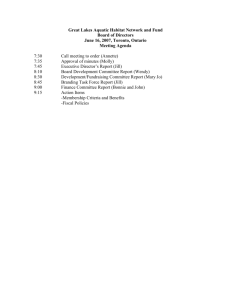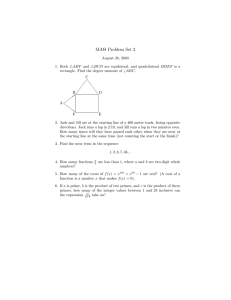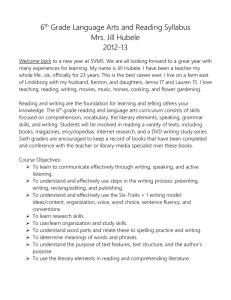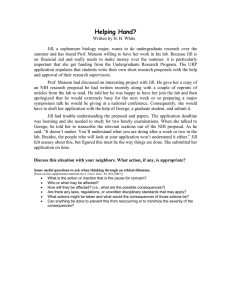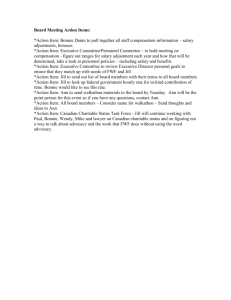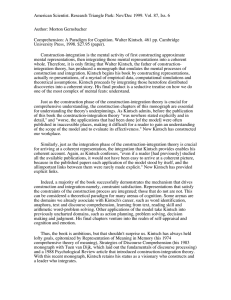SEMANTIC COMPLEXITY AND SENTENCE COMPREHENSION Kintsch (1974) varies the “propositional
advertisement
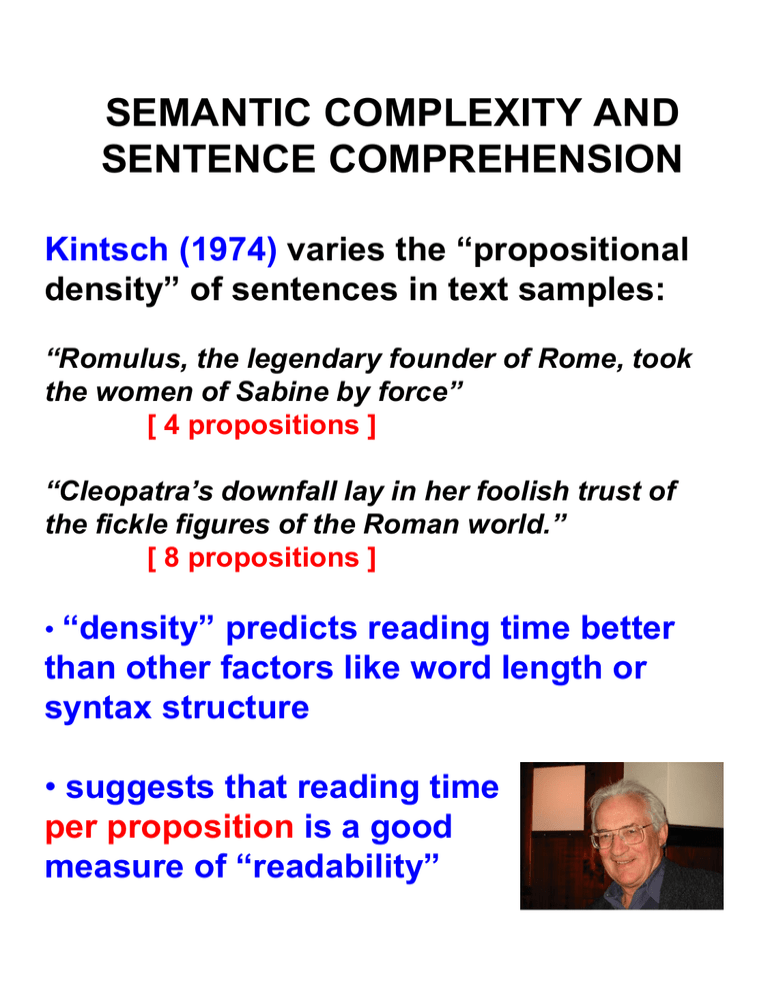
SEMANTIC COMPLEXITY AND SENTENCE COMPREHENSION Kintsch (1974) varies the “propositional density” of sentences in text samples: “Romulus, the legendary founder of Rome, took the women of Sabine by force” [ 4 propositions ] “Cleopatra’s downfall lay in her foolish trust of the fickle figures of the Roman world.” [ 8 propositions ] • “density” predicts reading time better than other factors like word length or syntax structure • suggests that reading time per proposition is a good measure of “readability” DISCOURSE PROCESSING: Cross-sentence Inferences in Text Comprehension • Anaphoric inference – Fischler won the prize. He celebrated. . • Instrumental inference – The professor [shot/killed/hated] the dean. When the gun was found . . • Causal inference – Machen took an aspirin. His headache faded quickly. . • Predictive inference – You hear the siren blaring as the squad car approaches. You can’t afford to get another ticket this week. p reo b e r e s p o n s e t i m pe r o b e r e s p o n s e t i m e p r o b e r e s p o n s e t im BUILDING COHERENT LINKS IN TEXT: ANAPHORIC REFERENCE (Gernsbacher, 1989) Jill thought that the box had been taken inside, but it was.. 1100 1000 a or b Jill box 900 800 before after timing of probe word Jill thought that the box had been taken inside, but she was.. 1100 1000 Jill box 900 800 before after timing of probe word Jill thought that the girl had been taken inside, but she was... 1100 1000 Jill girl 900 800 before after timing of probe word Building a “Situation Model” of Text Passages Kintsch (1974): text structure as a hierarchy of propositions: “This Landalfo, having made the sort of preliminary calculations mechants normally make, purchased a very large ship, loaded it with a mixed cargo of good paid for out of his own pocket, and sailed with them to Cyprus. . . “ [passage describes how this trip led to his ruin] Landalfo ruined buys ship large very calculates after LEVEL: 1 p r o b o f r e c a ll sails 2 3 4 0.9 0.7 0.5 0.3 0.1 1 2 3 4 Level of proposition 5 LANGUAGE AND THOUGHT • thinking as (c)overt speech (Watson, 1930) – but thinking can proceed when we’re paralyzed (Smith, 1947; ALS patients) • thinking as “inner speech” (Vygotsky, 1962) – much of conscious life is narrative (Klinger, 1990) – but thinking can be be based on other codes (e.g., visual imagery) • language as the bridge between surface form and meaning – a currently popular idea – can there be conceptual thought without language? – conceptual thinking without language would be “greatly impoverished at best” (Bickerton, 1994) LANGUAGE CONSTRAINING THOUGHT • linguistic relativity: The structure of a given language constrains / facilitates thought (Whorf, 1956) – some cognitive tasks are easier because we have familiar words to represent and distinguish concepts • classifying and remembering colors may be influenced by color words (Kay & Kempton, 1984; Roberson et al, 2000): • the “same” word or sentence may be more ambiguous in one language than another (Hunt & Agnoli, 1991)
